Contact Details

Walter has introduced indexable inserts with brazed PCD (polycrystalline diamond) cutting edges for the Xtra·tec® XT M5130 shoulder milling cutter and most M4000 milling cutters, including the M4003 face milling cutter.
The PCD inserts are suitable for milling a variety of nonferrous workpiece materials, including aluminum, aluminum-silicon alloys, magnesium, magnesium-based alloys, plastics and fiber-reinforced plastics. Prominent application areas include automotive, aerospace and general mechanical engineering. Aviation in particular uses wrought alloys made of aluminum.
The new PCD inserts impart the finest surface finishes while shoulder, face and slot milling. The tools enable precise machining with reduced cutting forces and minimal vibration tendencies. They have a low cost because of their extremely long tool life as a result of the cutting edge being made of the hardest known material. In addition, the PCD inserts provide the shortest machining times due to their ability to mill at high cutting speeds. The inserts can be used dry, with emulsion of MQL (minimum quantity lubrication).
The BCGT090304R-B85 WDN20 and BCGT120408R-B85 WDN20 positive rhombic inserts have one PCD cutting edge per insert and are for the Xtra·tec® XT M5130 shoulder milling cutter.
The SDGW09T304-A88 WDN20 and SDGW120408-A88 WDN20 positive square inserts are equipped with a single edgy PCD cutting edge. These system inserts with corner radius are for most M4000 milling cutters. The SDGW09T3AZR-A88 WDN20 positive square insert also a single full edge PCD cutting edges and in some applications two corners may be used. It is designed specifically for the M4003 face milling cutter from the M4000 series.
Related Glossary Terms
- alloys
alloys
Substances having metallic properties and being composed of two or more chemical elements of which at least one is a metal.
- emulsion
emulsion
Suspension of one liquid in another, such as oil in water.
- gang cutting ( milling)
gang cutting ( milling)
Machining with several cutters mounted on a single arbor, generally for simultaneous cutting.
- milling
milling
Machining operation in which metal or other material is removed by applying power to a rotating cutter. In vertical milling, the cutting tool is mounted vertically on the spindle. In horizontal milling, the cutting tool is mounted horizontally, either directly on the spindle or on an arbor. Horizontal milling is further broken down into conventional milling, where the cutter rotates opposite the direction of feed, or “up” into the workpiece; and climb milling, where the cutter rotates in the direction of feed, or “down” into the workpiece. Milling operations include plane or surface milling, endmilling, facemilling, angle milling, form milling and profiling.
- milling cutter
milling cutter
Loosely, any milling tool. Horizontal cutters take the form of plain milling cutters, plain spiral-tooth cutters, helical cutters, side-milling cutters, staggered-tooth side-milling cutters, facemilling cutters, angular cutters, double-angle cutters, convex and concave form-milling cutters, straddle-sprocket cutters, spur-gear cutters, corner-rounding cutters and slitting saws. Vertical cutters use shank-mounted cutting tools, including endmills, T-slot cutters, Woodruff keyseat cutters and dovetail cutters; these may also be used on horizontal mills. See milling.
- milling machine ( mill)
milling machine ( mill)
Runs endmills and arbor-mounted milling cutters. Features include a head with a spindle that drives the cutters; a column, knee and table that provide motion in the three Cartesian axes; and a base that supports the components and houses the cutting-fluid pump and reservoir. The work is mounted on the table and fed into the rotating cutter or endmill to accomplish the milling steps; vertical milling machines also feed endmills into the work by means of a spindle-mounted quill. Models range from small manual machines to big bed-type and duplex mills. All take one of three basic forms: vertical, horizontal or convertible horizontal/vertical. Vertical machines may be knee-type (the table is mounted on a knee that can be elevated) or bed-type (the table is securely supported and only moves horizontally). In general, horizontal machines are bigger and more powerful, while vertical machines are lighter but more versatile and easier to set up and operate.
- polycrystalline diamond ( PCD)
polycrystalline diamond ( PCD)
Cutting tool material consisting of natural or synthetic diamond crystals bonded together under high pressure at elevated temperatures. PCD is available as a tip brazed to a carbide insert carrier. Used for machining nonferrous alloys and nonmetallic materials at high cutting speeds.

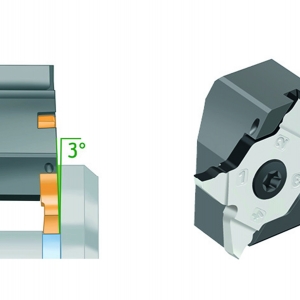
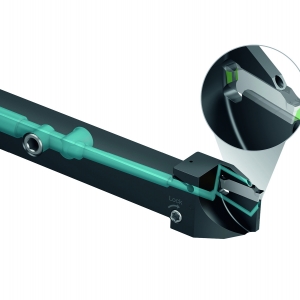
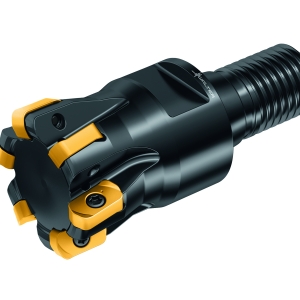
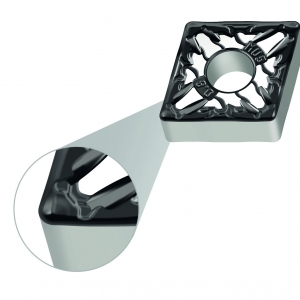
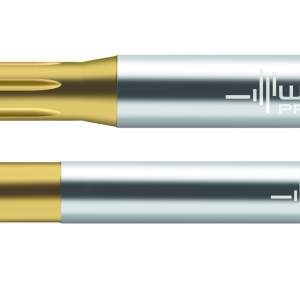
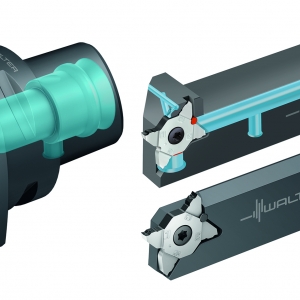
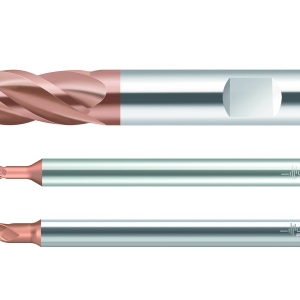
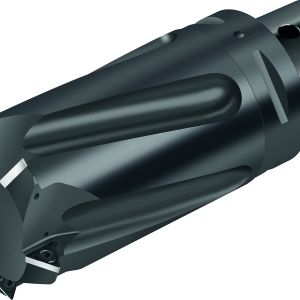
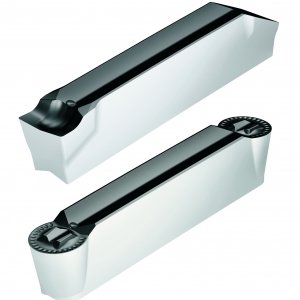
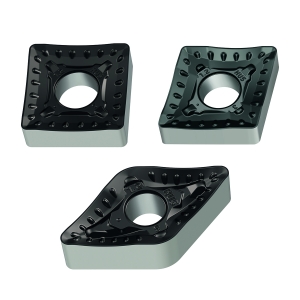
 PRODUCTS
PRODUCTS

